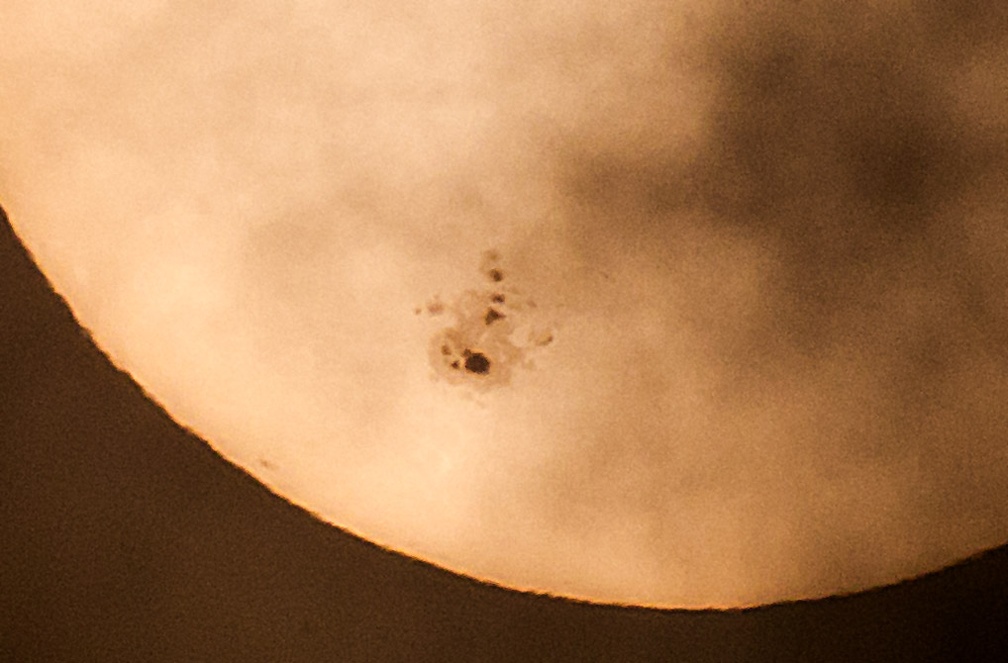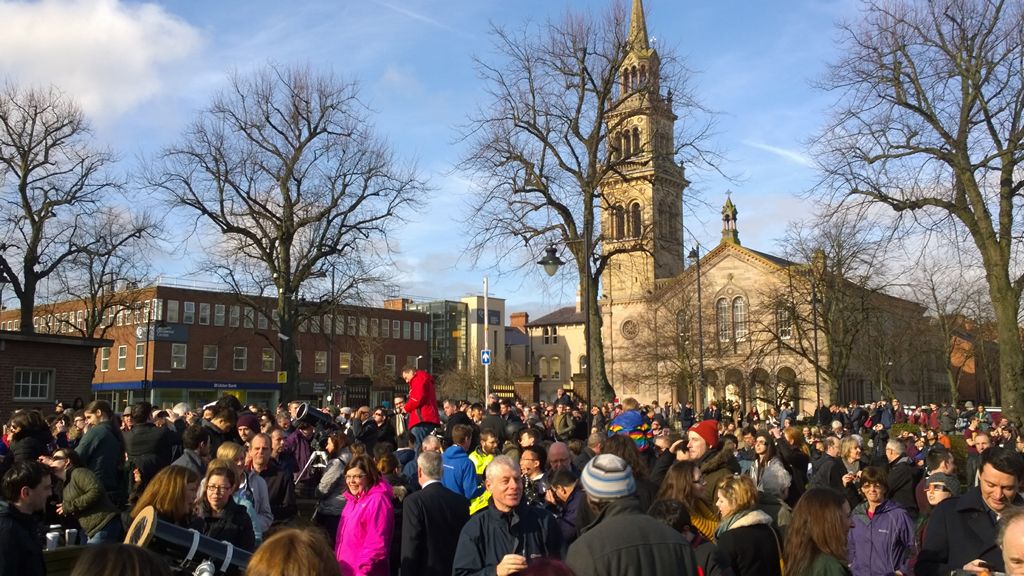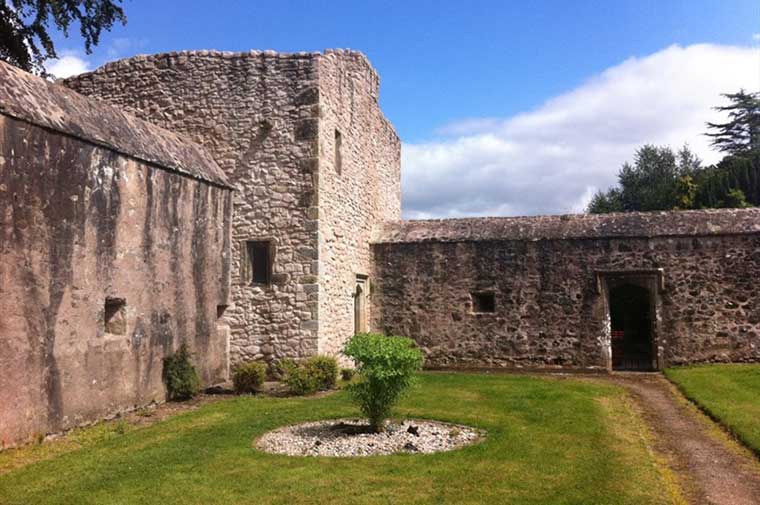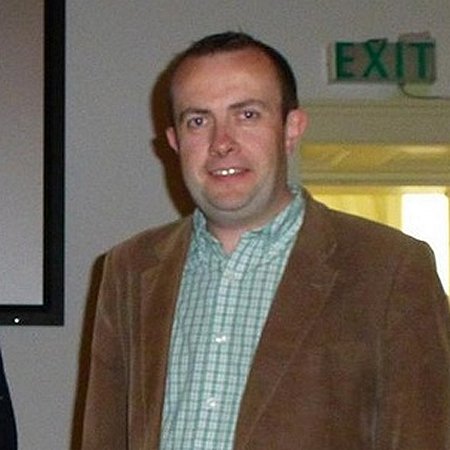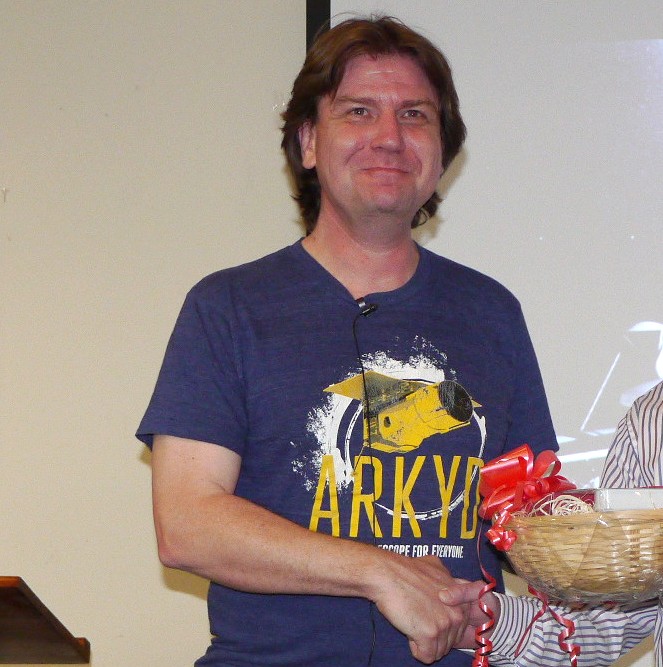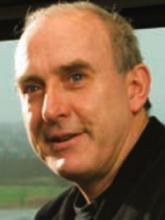Monday 9th May – Mercury Transit Observing & Talk
On Monday 9th May there will be a rare Transit of Mercury. This occurs when Mercury, the closest planet to the Sun, passes between the Earth and The Sun – usually it will pass above or below but on rare occasions like this it will go directly in between and will be visible against The Sun for several hours as it makes its passage across.
This last happened in 2006 and will happen again in 2019, however this year's event is very well placed and can be seen in its entirety from Ireland, weather permitting of course! Unlike the Transit of Venus, which could be observed using eclipse glasses only, Mercury is both smaller and further away so can only be seen with optical aids.
DO NOT under any circumstances try and use Eclipse Glasses in conjunction with binoculars or any other optical aid to see this event, eye damage may well result.
Instead, come and join the IAA and members of the Astrophysics Research Centre at QUB to view the event in complete safety.
Observing will begin outside the front of QUB at Midday and continue until the end of the transit after 7pm, then there will be a Michael West Lecture on "Einstein’s Gravity From The Transit Of Mercury To The Detection Of Gravitational Waves" by Professor Patrick Brady, Center for Gravitation, Cosmology & Astrophysics, University of Wisconsin.
Transit begin and end times are 12;12 BST and 19:42 BST
We will also be holding a similar event at Portstewart, Co Derry, at the Agherton Parish Centre, from 12.00 until the end of the event.
Further details on the observing here…..
Further details on the talk, for which registration is required, here…..
Weds 13th April – Annual General Meeting
IAA at Benburb Castle, Sat 9th April, 7 p.m
Lecture 30th March – Kevin Nolan (The Planetary Society) “An Emerging Cosmic Perspective”
For this talk we are very pleased to welcome Kevin Nolan who is the Irish representative for The Planetary Society.
The talk is called "An Emerging Cosmic Perspective" and looks at some of the most recent images from The Hubble Space Telescope and ESO, including the 8-GigaPixel image of the centre of the Milky Way and the 1-GigaPixel HST image of M31. We'll examine what such images reveal about the Universe and how they are rapidly changing our perspective on the Universe. We will also look at their limits, pointing the way toward new capabilities in astronomical observation. This is a highly visual talk, suitable for non-experts and experts alike.
Lecture 16th March – Michael O’Connell, MAC: “The Antikythera Mechanism: The World’s Oldest Computer” *Updated*
Lecture – 2nd March – Nick Howes – “The Largest Telescope in the World”
Lecture – 17th Feb – Prof Andy Shearer (NUIG) – “What we don’t know (Dark Energy and Dark Matter)”
Sat 13th Feb – An Astronomical Day Out at Dunsink Observatory – with Final Programme!
Situated on the North side of Dublin, Dunsink Observatory has a wonderful history of astronomical exploration going back centuries. These days it is run by the Dublin Institute for Advanced Studies, and they have teamed up with amateur astronomers from the IAA, IAS and IFAS to bring you a day of astronomy talks, tours and entertainment, all for free!
Dunsink Observatory is located here,,,,
Additional Directions here… or see bottom of article
For those wishing to visit the "Images of Starlight" exhibition beforehand (see below), the National Botanic Gardens is here…..
This major event is being arranged jointly by the IAA and other Irish amateur astronomy groups at Dunsink Observatory, Castleknock, Dublin.
OUTLINE PROGRAMME:
13.00 Gates/Doors open: Solar observing if clear.
14.00 Welcome & opening remarks
14.15 Talk: John Flannery (IAS/IFAS) HISTORY of Irish Astronomy culminating in DUNSINK OBSERVATORY:
15.00 – 15.45: Talk: Emmet Mordaunt, (MAC): "Galileo: Hero or Heretic"

